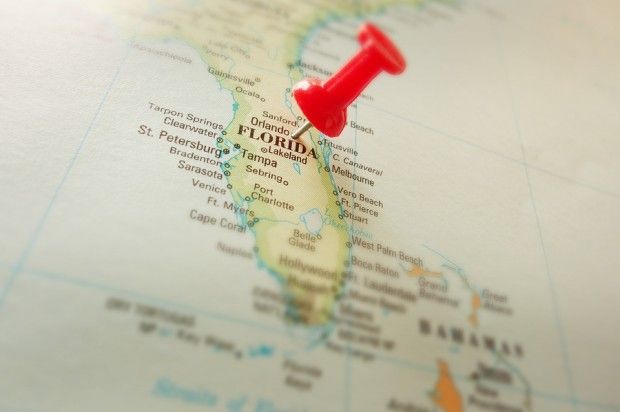The recently completed April reinsurance renewals resulted in a bigger-than-expected drop in prices and suggest that there will be another double-digit fall in rates for Florida in the key June renewals, Fitch Ratings says.
The decline will come on the back of drops last year at June as well, when Florida rates fell by up to 25 percent, the rating agency said in a statement on Tuesday.
In spite of the predicted midyear 2014 decline, it doesn’t follow that overall reinsurance spending will be down as well, Fitch said, noting that increased demand from specialist insurers could offset falling rates, keeping overall spending flat.
The recent growth of Florida-only specialist insurers could help reverse any recent trend toward weaker demand. These firms use more private market reinsurance and now account for more than half of the homeowners’ insurance market in the state, Fitch said. Overall reinsurance spending could therefore hold steady.
The Florida property-catastrophe reinsurance market is the largest market for U.S. peak zone risk, Fitch said, noting the importance of the June renewal date relating primarily to Florida.
Florida property is among the most widely modeled catastrophe risks and is therefore the area of focus for third-party capital, Fitch added. Consequently it has experienced the most reinsurance pricing pressure and we expect competition between traditional and non-traditional reinsurers to remain fierce this year.
The build-up of capital is also contributing to ample capacity, as no major hurricane has made landfall in the United States since Hurricane Wilma hit Florida in 2005, Fitch said, noting that this is the longest gap in major landfall events since the 1860s.
Fitch believes that Florida reinsurance risk is adequately priced in spite of the declines in pricing.
In contrast, this is not true in other countries where property-catastrophe reinsurance pricing tends to be more fragmented and not as easily modeled, Fitch said.
Reviewing the recent April renewal period, Fitch noted that this is primarily focused on the Asian market. Japanese catastrophe loss-free pricing was down as much as 17.5 percent for earthquake and 15 percent for wind and flood risks.
U.S. and European property-catastrophe reinsurance pricing fell 10-20 percent for loss free accounts at April 1, in line with declines experienced in the January renewal period.
Separately, Fitch reported last week that the rating agency expects global reinsurers to report solid underwriting profitability for the first quarter of 2014, given that catastrophe loss events were limited.
The largest insured natural catastrophe losses for the period were from severe winter storms in the U.S. and flooding and winter storms in the U.K.
According to Fitch, reinsurers will only have to shoulder a minority of the losses, as these events were not costly enough to trigger insurers’ excess of loss property-catastrophe reinsurance treaties.
Losses for reinsurers will generally be limited to facultative, per risk and pro rata quota share reinsurance treaties.
In the case of the United States, this was partly due to increased retentions by primary insurance companies over the last few years, as improved capital positions have allowed insurers to retain more risk.
Source: Fitch





















 Good Times for U.S. P/C Insurers May Not Last; Auto Challenges Ahead
Good Times for U.S. P/C Insurers May Not Last; Auto Challenges Ahead  Artificial Intelligence Is Rewriting the Rules for Commercial Lines
Artificial Intelligence Is Rewriting the Rules for Commercial Lines  NOAA Announces Latest AI-Driven Global Weather Models
NOAA Announces Latest AI-Driven Global Weather Models  Underwriter, Actuary Fears of AI Drop; Work Needed on Collaboration
Underwriter, Actuary Fears of AI Drop; Work Needed on Collaboration 


